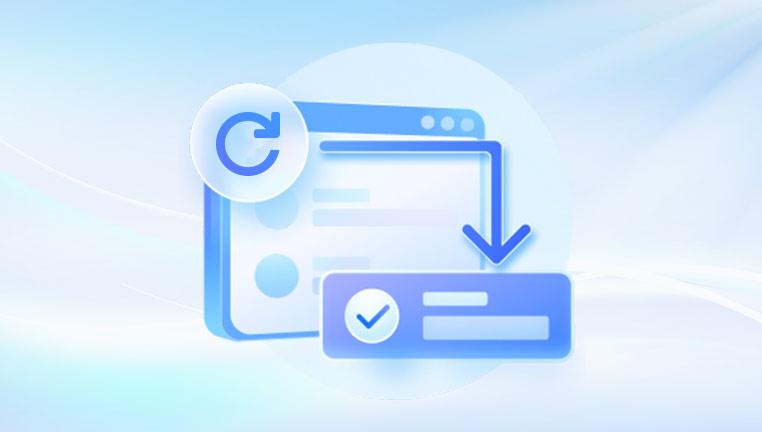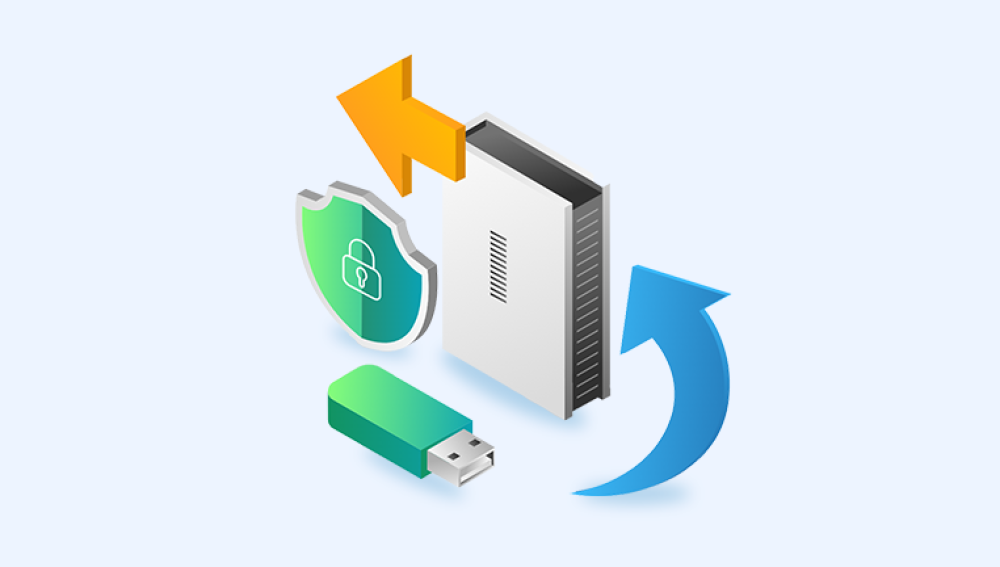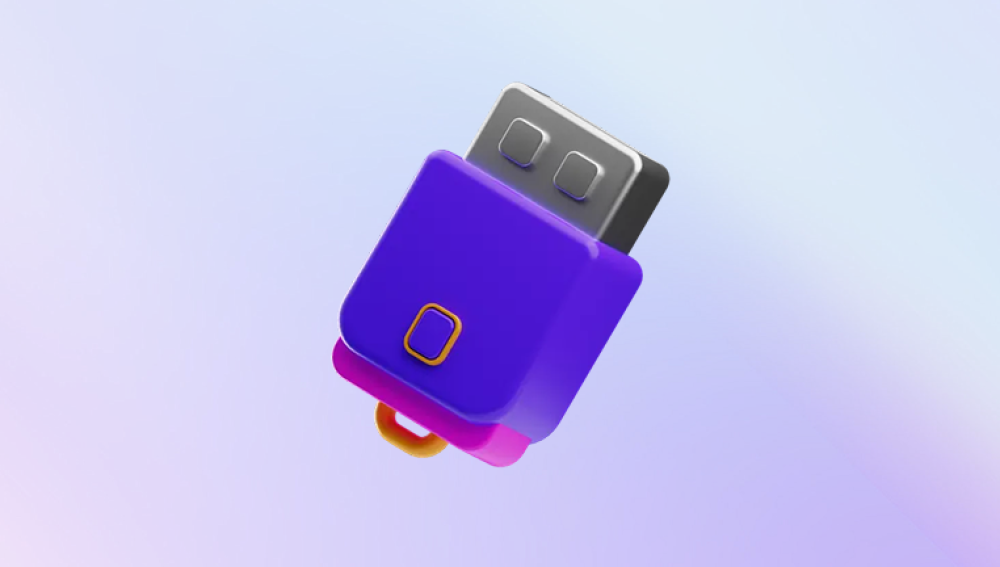SanDisk memory cards are among the most trusted and widely used storage devices in the world. Whether you own an SD card for your camera, microSD card for your phone, or CompactFlash for a professional DSLR, SanDisk products are known for their reliability, speed, and storage capacity. However, data loss can happen even with the best storage devices. From accidental deletions to formatting errors and file system corruption, your precious data including photos, videos, documents, and more can vanish in the blink of an eye.
Thankfully, free SanDisk card recovery software offers a lifeline. These tools are designed to scan your memory card and retrieve lost or deleted files with minimal technical knowledge required.

Chapter 1: Data Loss on SanDisk Cards
1.1 Common Scenarios for Data Loss
Accidental Deletion: Files mistakenly deleted from the card.
Formatting: Intentional or unintentional card formatting.
Corruption: File system errors making the card unreadable.
Virus Attacks: Malware that hides or deletes files.
Improper Ejection: Removing the card without safely ejecting it.
Power Failures: Sudden power loss during data transfer.
1.2 Symptoms of Data Loss
Card not recognized by the device
File names turning into unreadable characters
Prompt to format the card before use
Missing files despite available storage space used
Chapter 2: Features to Look for in Free SanDisk Card Recovery Software
2.1 Essential Features
File Type Support: Recover images, videos, documents, and audio files.
Preview Option: View files before restoring.
Read-Only Operation: Ensures original data is not overwritten.
Deep Scan: Finds files that quick scans may miss.
Partition Recovery: For when the entire partition is lost or RAW.
2.2 Nice-to-Have Features
Support for Corrupted Cards: Tools that can repair damaged file systems.
Multiple Card Formats: SD, microSD, SDHC, SDXC, CF, etc.
Multi-OS Support: Compatible with Windows, macOS, Linux.
Export Functionality: Save scan results for later recovery.
User-Friendly Interface: Intuitive design, especially important for beginners.
Chapter 3: Top Free SanDisk Card Recovery Tools
When files disappear from your SanDisk memory card, whether due to accidental deletion, formatting, or corruption, Drecov Data Recovery offers a powerful yet user-friendly solution completely free of charge. Designed with simplicity and performance in mind, Drecov Data Recovery helps users retrieve lost photos, videos, documents, and other data from SD, microSD, SDHC, and other SanDisk card formats.
Why Choose Drecov Data Recovery for SanDisk Cards?
Free and Efficient: The software provides high-quality recovery capabilities without hidden costs.
Deep Scan Mode: For severely damaged or formatted cards, deep scanning ensures a thorough file search.
Wide File Compatibility: Supports recovery of images (JPEG, PNG), videos (MP4. MOV), documents (DOCX, PDF), and more.
Beginner-Friendly Interface: No technical experience is needed—just connect your SanDisk card, launch the tool, scan, and recover.
Safe and Secure: Operates in read-only mode to prevent further data overwriting or corruption.
How It Works:
Download and install Drecov Data Recovery.
Insert your SanDisk card using a card reader.
Launch the software and select the target card.
Perform a quick or deep scan.
Preview and restore the desired files to a secure location.
Chapter 4: Step-by-Step Recovery Process
4.1 Preparation
Stop Using the Card: Prevents overwriting deleted data.
Connect to PC: Use a reliable card reader.
Download Reliable Software: Choose from the list above.
4.2 Recovery Steps (Generalized)
Install the software.
Select the SanDisk card as the target drive.
Scan the card (choose deep scan for better results).
Preview files to confirm recoverability.
Select and restore files to a different storage location.
4.3 Post-Recovery
Backup Recovered Data
Check Card Health using disk utilities
Format the Card to avoid future issues
Chapter 5: Real-Life Use Cases
5.1 Photos Deleted From DSLR
Tool Used: Recuva or PhotoRec
Outcome: 95% of deleted photos recovered successfully.
5.2 Formatted microSD on Android
Tool Used: EaseUS Free Version
Outcome: Videos and pictures restored up to 2GB.
5.3 Corrupted SDHC Card in Drone
Tool Used: Disk Drill
Outcome: RAW footage previewed and partially recovered.
5.4 File System Errors in GoPro Card
Tool Used: TestDisk
Outcome: File system repaired; full recovery achieved.
Chapter 6: Tips for Improving Recovery Success
6.1 Avoid Further Use
Continuing to use the card could overwrite deleted files.
6.2 Choose Deep Scans
Quick scans might not find all lost files.
6.3 Recover to a Different Drive
Always recover files to a different location than the original card.
6.4 Use Multiple Tools
One tool may find files another missed.
6.5 Verify Recovered Files
Open recovered files to confirm integrity before deleting the originals.
Chapter 7: Preventing Future Data Loss
7.1 Regular Backups
Use cloud services or external drives.
7.2 Proper Ejection
Always safely eject memory cards.
7.3 Avoid Full Storage
Leaving some free space reduces file corruption risk.
7.4 Antivirus Protection
Scan devices regularly, especially when using cards across systems.
7.5 Card Maintenance
Format cards in-camera or device-specific utilities.
Replace cards showing frequent errors or slow performance.
Chapter 8: When to Seek Professional Help
8.1 Physical Damage
Signs: Cracked casing, water exposure, unreadable by any device.
8.2 Firmware Corruption
Signs: Card not recognized even by disk management tools.
8.3 Incomplete Recovery
Files recovered but won't open, are corrupted, or missing parts.
8.4 Confidential Data
Business documents, legal evidence, or sensitive media should be handled by experts.
Recommendation: Use certified data recovery services with cleanroom environments.




